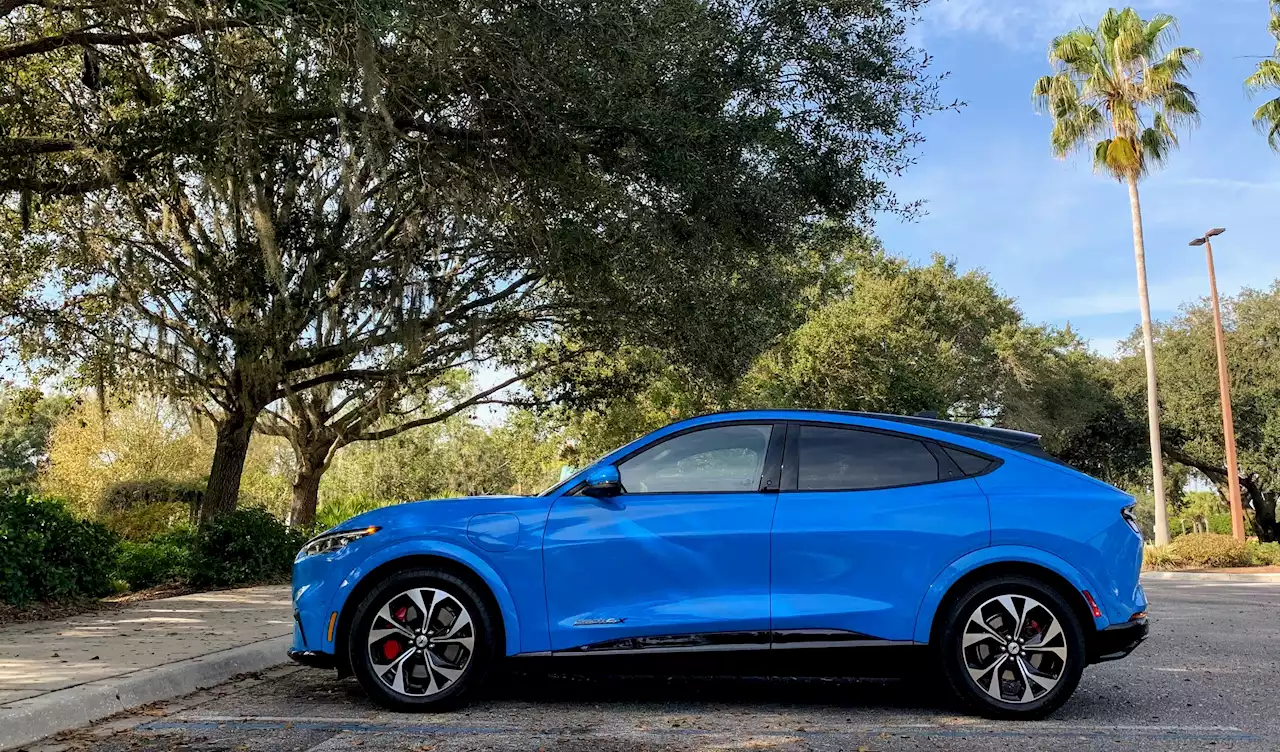The tremendous amount of anti-EV misinformation out there, and I’m confident that you can spot it a mile away.
, along with much anecdotal evidence from operators of EV fleets, have indicated that a typical EV battery should last a lot longer than that.Posters know that online readers tend to skim headlines, and seldom click to read the actual articles, much less the footnotes. Sometimes, in order to make an article look legit, a wily writer will include a link to a scientific study — but if you actually read the study, you may find that it doesn’t support the writer’s claim in any way.
Academic studies tend to be long and densely-written, and most of us don’t have the time or expertise to assess what they really mean. That’s why I prefer to link to an article that summarizes a relevant study .Forget the footnotes — many people don’t even read the articles. It’s common to see headlines that don’t reflect the message of the underlying article at all.
reported only 25 fires in electric vehicles per 100,000 sales, compared to 1,530 for gas vehicles and 3,475 for hybrids.This is a favorite technique of pontificators and pundits of all stripes, and it’s a standard feature of specious “studies.” For example, those “dirty little secret” narratives are often
that include the environmental impacts of battery manufacturing, but not those of oil drilling and refining., the author quoted a single scientist who said that it takes 25,000 miles of driving for an EV’s lower tailpipe emissions to cancel out the environmental footprint of battery manufacturing.
